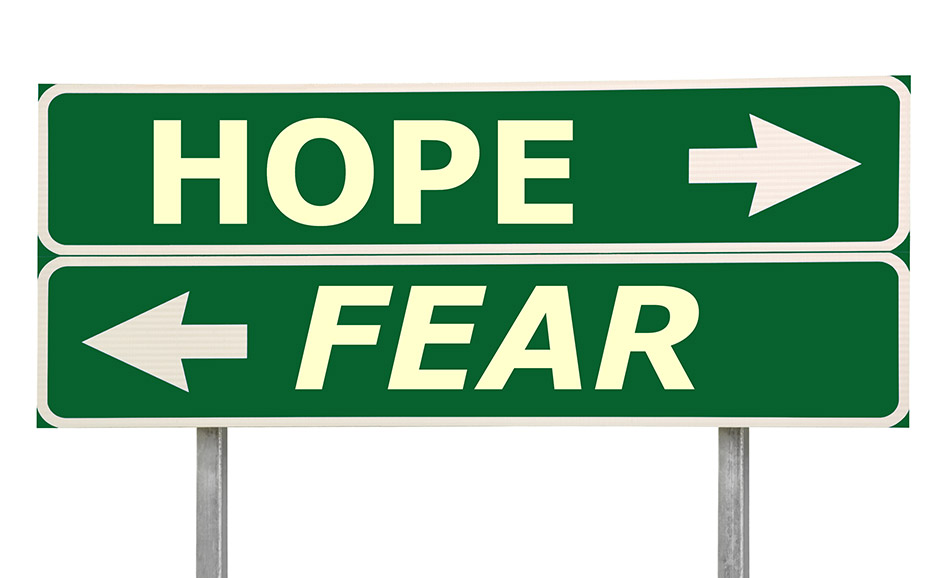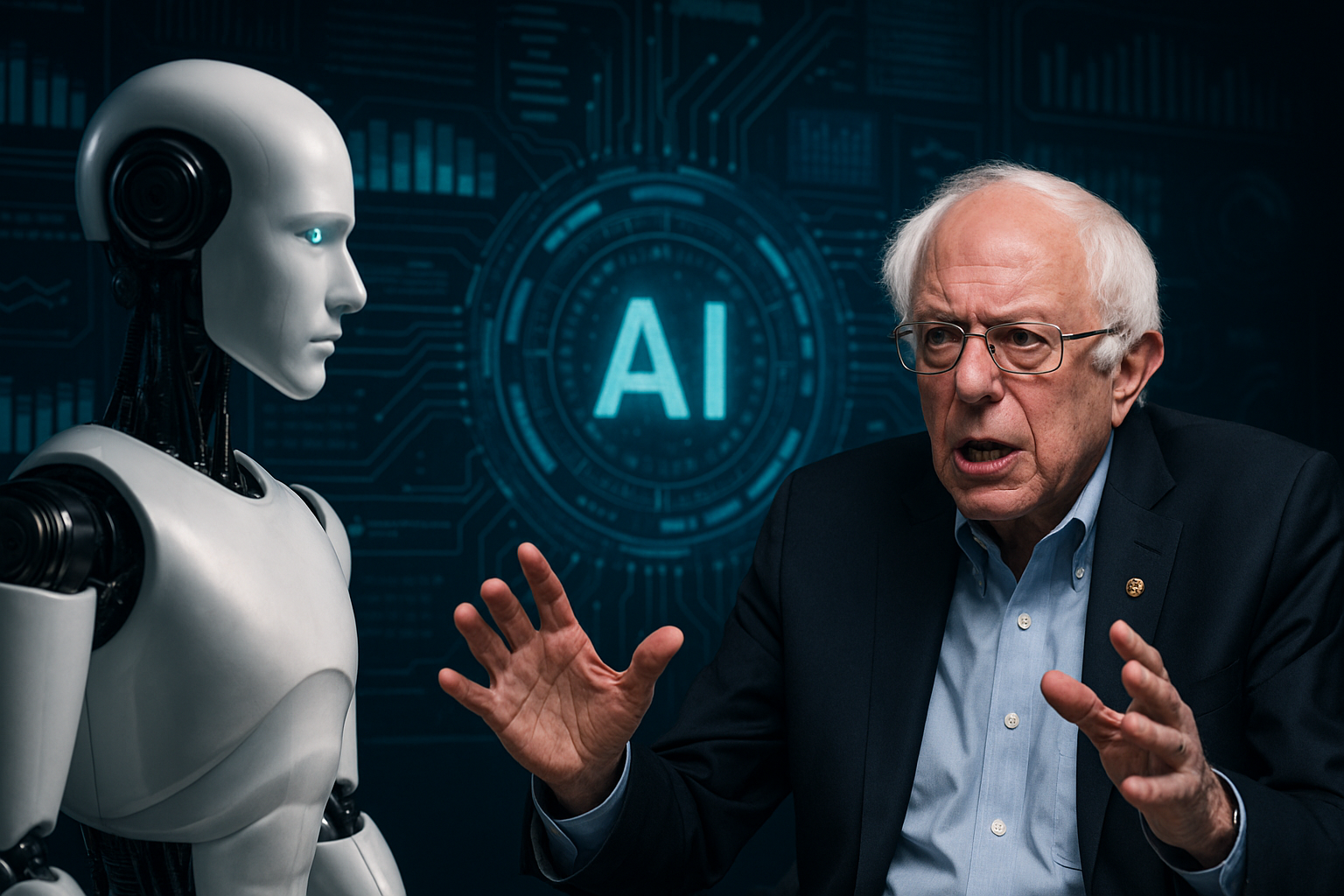Artificial intelligence is transforming the world at an unprecedented pace, promising automation, innovation, and wealth creation. But for Senator Bernie Sanders, the real concern isn’t how powerful AI becomes it’s who controls it. In a recent interview, Sanders outlined a chilling vision that he and many top experts call the “AI doomsday scenario” a world where a handful of corporations monopolize AI to extract profits while displacing millions of workers, exacerbating inequality, and undermining democracy. His warning is not science fiction it’s a very real socioeconomic threat unfolding now.
The AI Doomsday Scenario: What Sanders Is Warning About
At the heart of Bernie Sanders’ concern is the growing gap between technological progress and social justice. The AI doomsday scenario isn’t about killer robots or apocalyptic machines. It’s about economic upheaval. It’s a world where artificial intelligence is leveraged by a few elite tech companies to maximize profits at the expense of workers, privacy, and democracy.
According to Sanders, if current trends continue, the future will be dominated by a handful of mega corporations like Amazon, Google, and Microsoft that own the data, the algorithms, and the capital. This leads to:
Massive job displacement in sectors like transportation, customer service, healthcare, and even journalism. Wage stagnation for middle and working class families as automation outpaces labor rights. Erosion of privacy and civil liberties through unchecked surveillance and data mining..Political manipulation through algorithmic control of public discourse. These concerns are echoed by leading economists and AI ethicists around the globe.
The Rise of Algorithmic Monopolies
A 2024 report by the Economic Policy Institute highlighted a concerning trend five major tech firms control over 70% of all AI development and deployment in the U.S. This concentration of power limits competition and gives these companies unprecedented influence over labor markets and social norms.
For instance, Amazon’s implementation of AI in its warehouses increased productivity but also led to a 30% reduction in staff, according to a whistleblower report. The use of AI surveillance systems monitored workers’ every move, leading to increased stress, mental health issues, and high turnover rates.
This is exactly the kind of AI doomsday scenario Sanders warns against a future where technology is weaponized for profit, not progress.

The Warnings Are Getting Louder
Top AI researchers and ethicists have voiced similar fears. Dr. Timnit Gebru, former co-lead of Google’s Ethical AI team, has long argued that corporate controlled AI prioritizes profits over people. She warns of racial and economic bias embedded in algorithmic decision making systems.
Dr. Stuart Russell, one of the world’s foremost AI experts, stated in a 2025 panel discussion, “If we continue building powerful AI systems without aligning them with human values and democratic oversight, we are walking straight into a global social and economic crisis.” Another renowned scholar, Shoshana Zuboff, author of The Age of Surveillance Capitalism, frames it this way:
“AI under capitalism becomes a tool not for empowerment but for domination.” These experts reinforce the argument that the AI doomsday scenario is not merely speculative it’s materializing now, quietly shaping society behind the scenes.
The Human Cost of AI
For many workers, the impact of AI is not theoretical it’s deeply personal.
Take Raj Patel, a truck driver from Ohio. After autonomous delivery vehicles were introduced by a major logistics firm, he was laid off after 15 years on the job. “I’ve got kids in college and bills to pay,” Raj says. “I was told AI would make our jobs easier. They never said it would replace us.”
Or Maria López, a call center employee in Texas who lost her job after an AI chatbot replaced 60% of the workforce. “It was humiliating. One day, I was training the AI model. The next, I was out of a job.” These stories are a grim reminder of what happens when technological progress is not matched with social safety nets or democratic planning.
AI and the Future of Work
To understand the AI doomsday scenario, it’s essential to examine the structural flaws in how AI is developed and deployed today.
1. Capital Centralization
The companies leading AI development are also those with massive financial reserves. This gives them the power to dictate how AI is used often optimizing for shareholder value, not social good.
2. Lack of Regulation
There is currently no comprehensive global framework regulating AI development. This allows for experimentation at scale, with human lives as the test subjects.
3. Job Displacement without Reskilling
While AI creates new roles (like prompt engineering or AI ethics consultancy), these jobs require advanced education and training. Displaced workers are rarely offered reskilling opportunities.
4. AI Bias and Discrimination
Studies show AI systems often replicate and amplify existing social biases against minorities, women, and the economically disadvantaged.
5. Democratic Backsliding
AI powered surveillance tools are increasingly used by governments and corporations to monitor, manipulate, and suppress dissent.
This toxic cocktail creates the perfect storm the AI doomsday scenario Sanders describes. A future where technology serves only a few, while the many suffer in silence.
What Can Be Done? Bernie Sanders’ Policy Proposals
Senator Sanders doesn’t just critique he offers bold solutions:
Tax Big Tech: A windfall tax on AI driven profits to fund social programs.
Universal Basic Income (UBI): To support workers displaced by automation.
Worker Owned AI Cooperatives: Where employees have a stake and say in AI driven companies.
Transparent Algorithms: Requiring all large scale AI systems to undergo public audits.
AI Rights Charter: A global framework ensuring AI respects human rights, privacy, and labor rights.
His proposals echo the New Deal spirit bold, structural reforms designed to protect democracy in the age of AI.

Hope Amid the Fear: A Different Future Is Possible
Despite the grim warnings, there is hope. Ethical AI research is gaining traction. Governments are beginning to explore AI legislation. Labor unions are organizing tech workers. And awareness among the public is rising.
But the window is closing fast. As Sanders puts it, “We have a choice allow AI to be a tool for billionaire exploitation or ensure it becomes a force for human liberation.” It’s a call not just for regulation, but for moral leadership.
The AI doomsday scenario Bernie Sanders describes is not about rogue machines it’s about systemic inequality, unchecked power, and a future dictated by profit over people. Backed by case studies, expert voices, and personal stories, the urgency of his message is clear: If we don’t act now, AI may not destroy humanity but it could destroy what makes us human. The time to reclaim the future is now.


1 thought on “Bernie Sanders Exposes the AI Doomsday Scenario That Could Destroy Jobs, Equality, and Democracy”